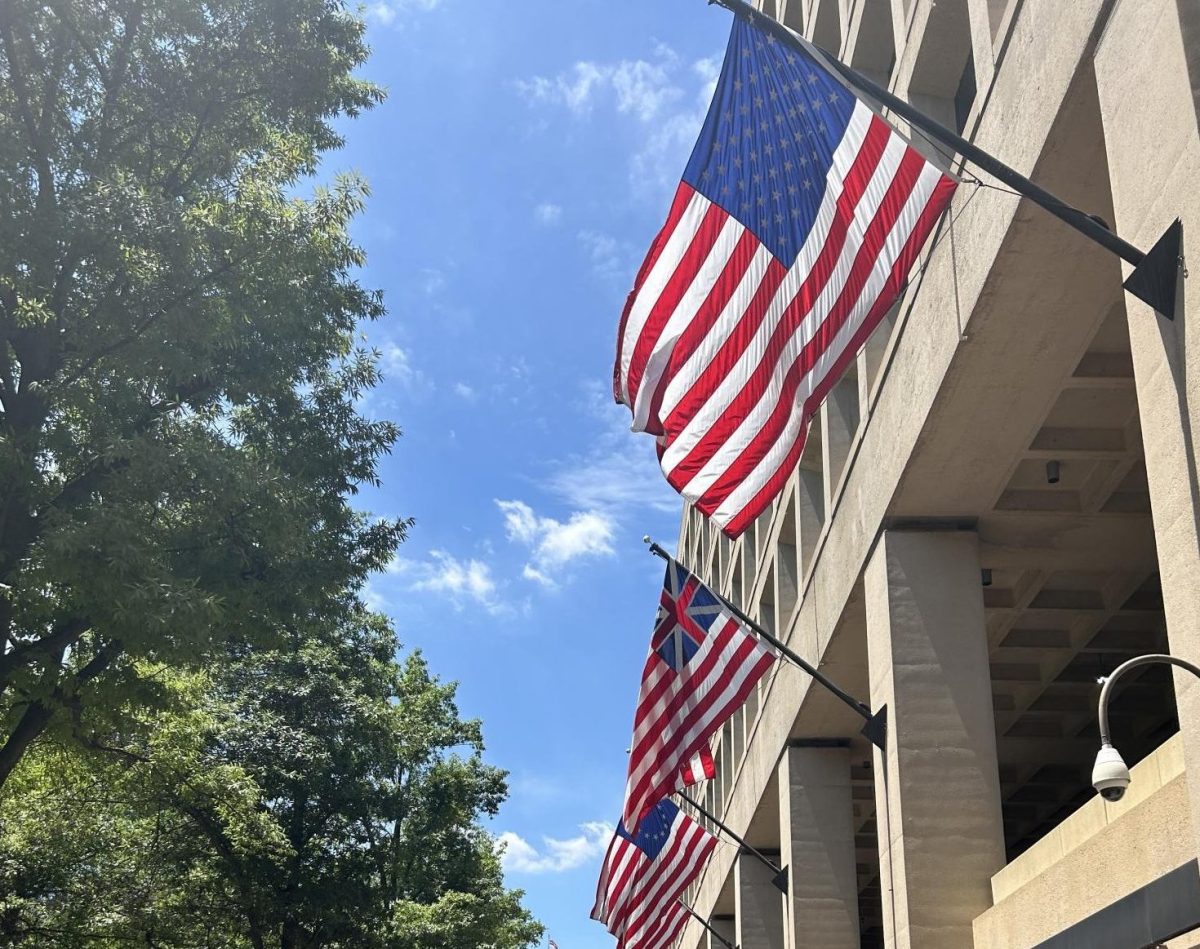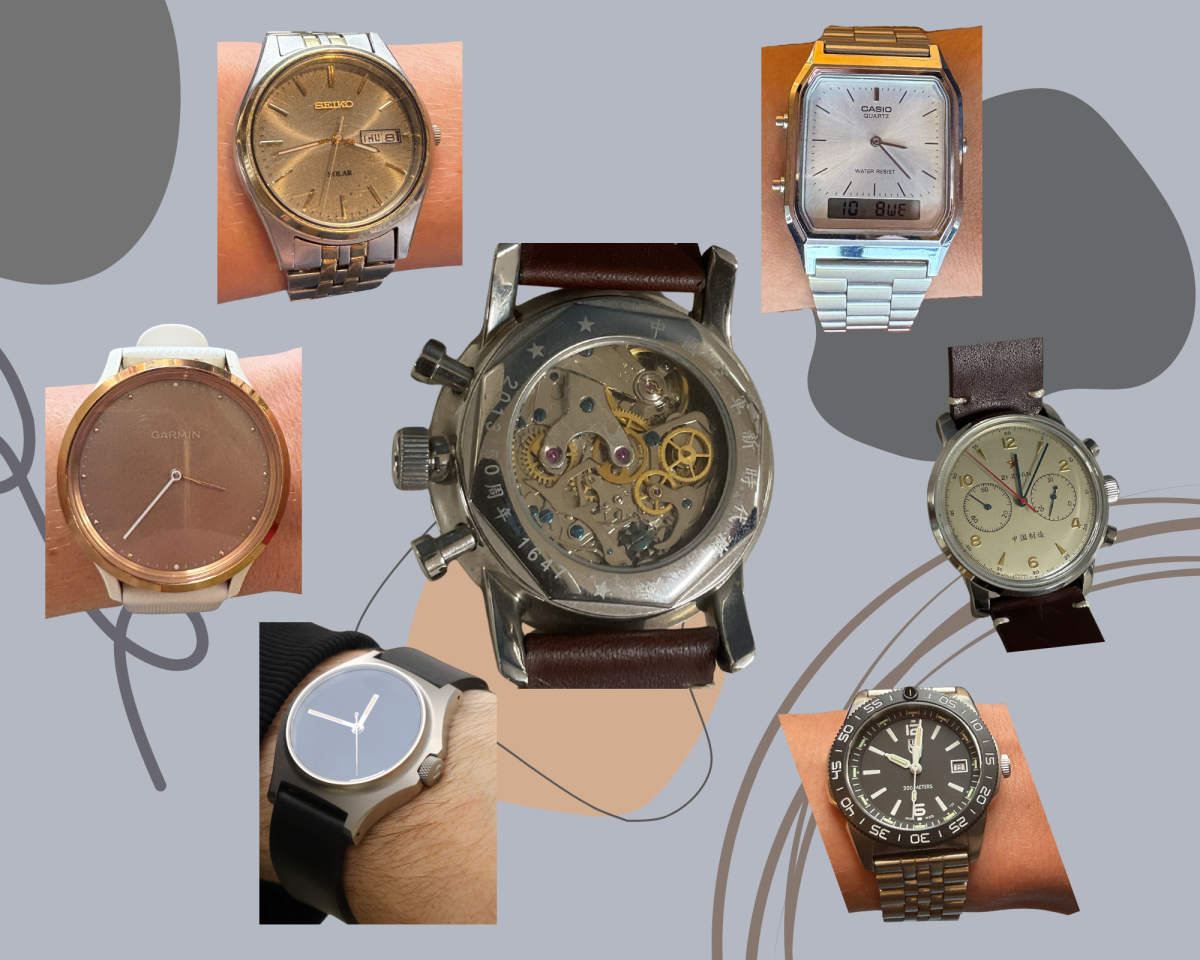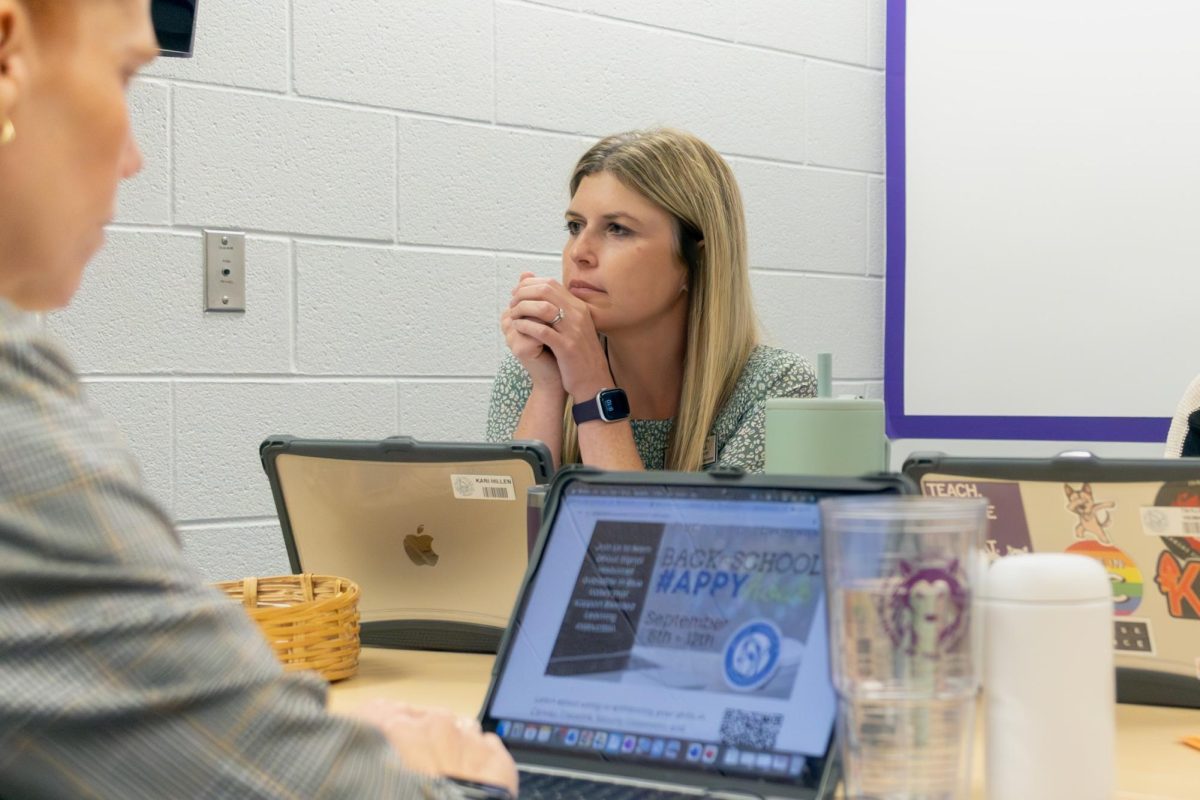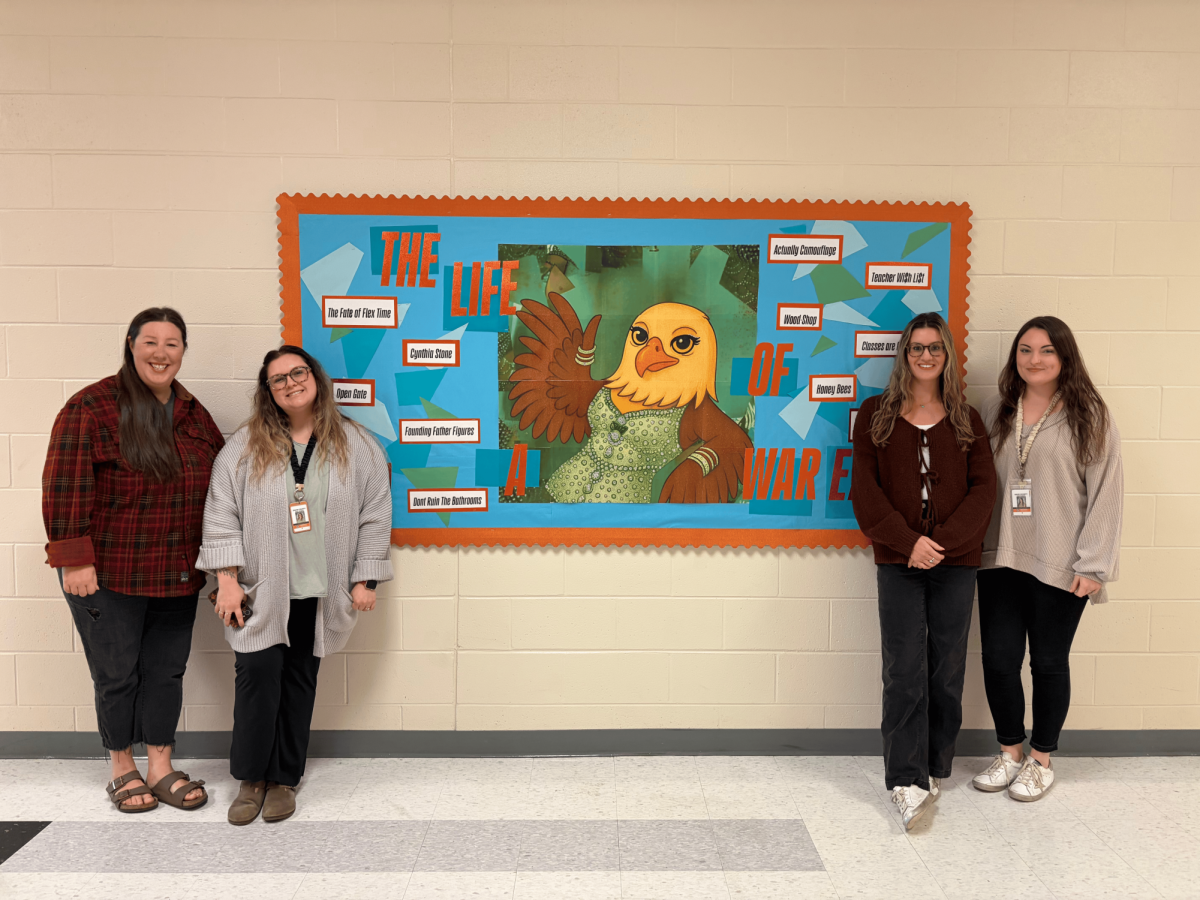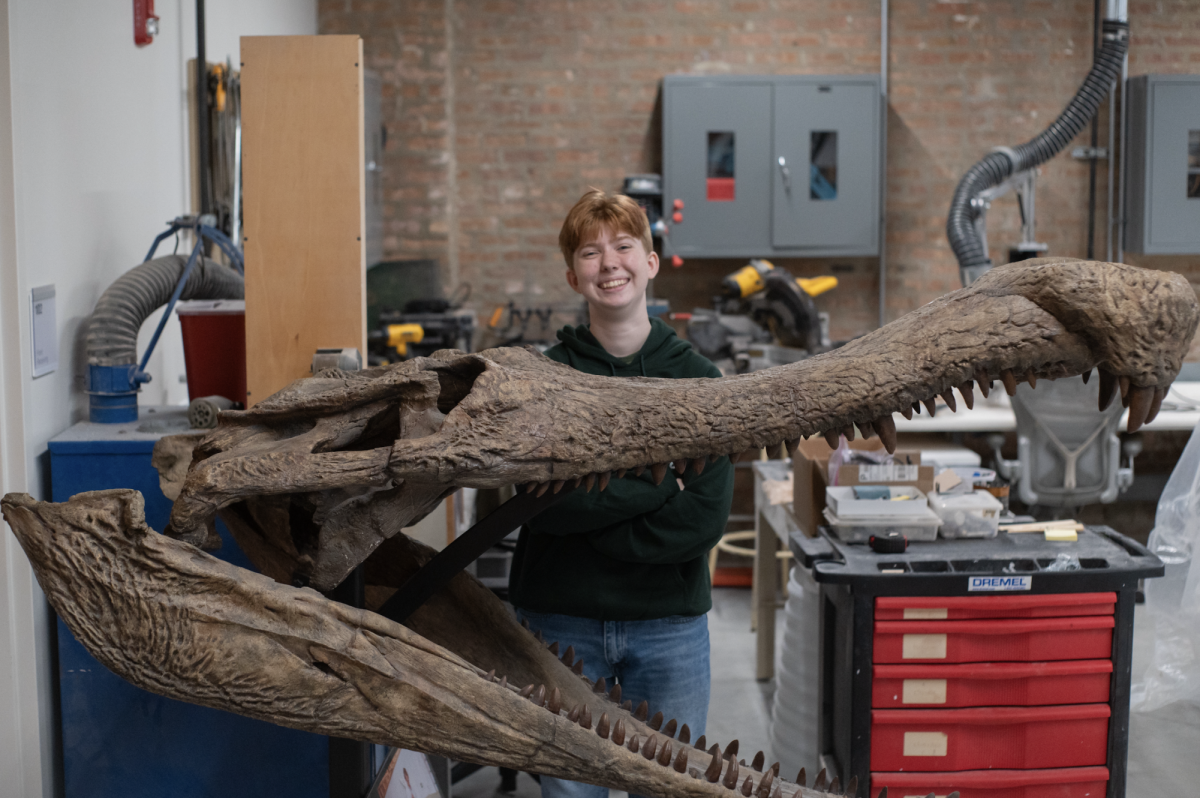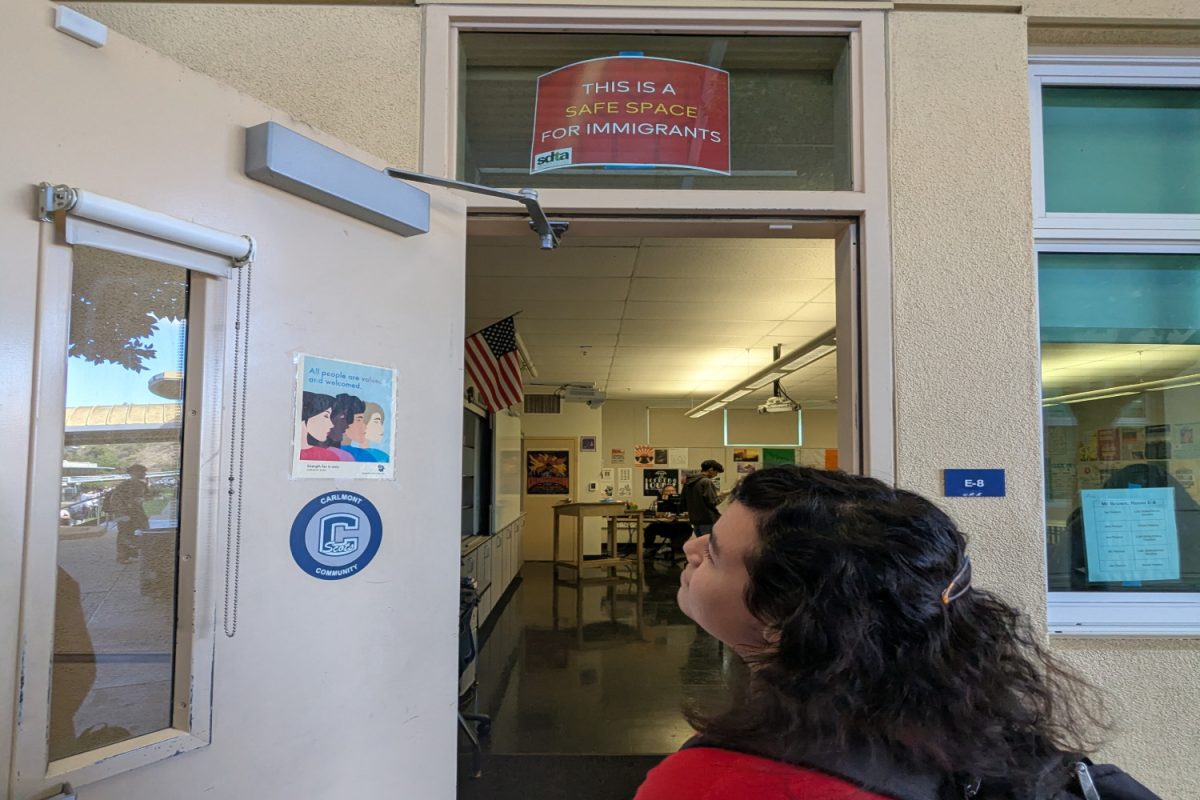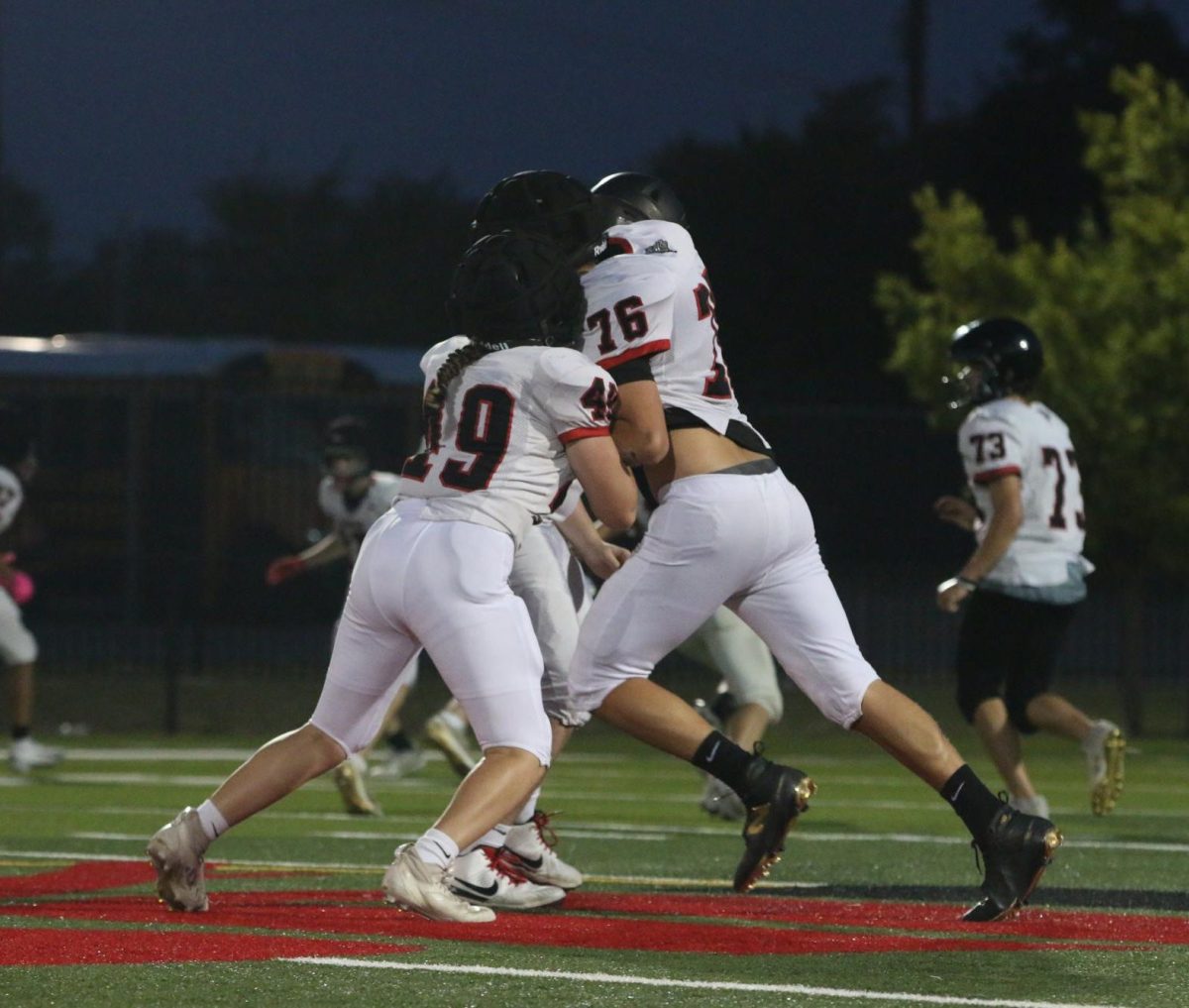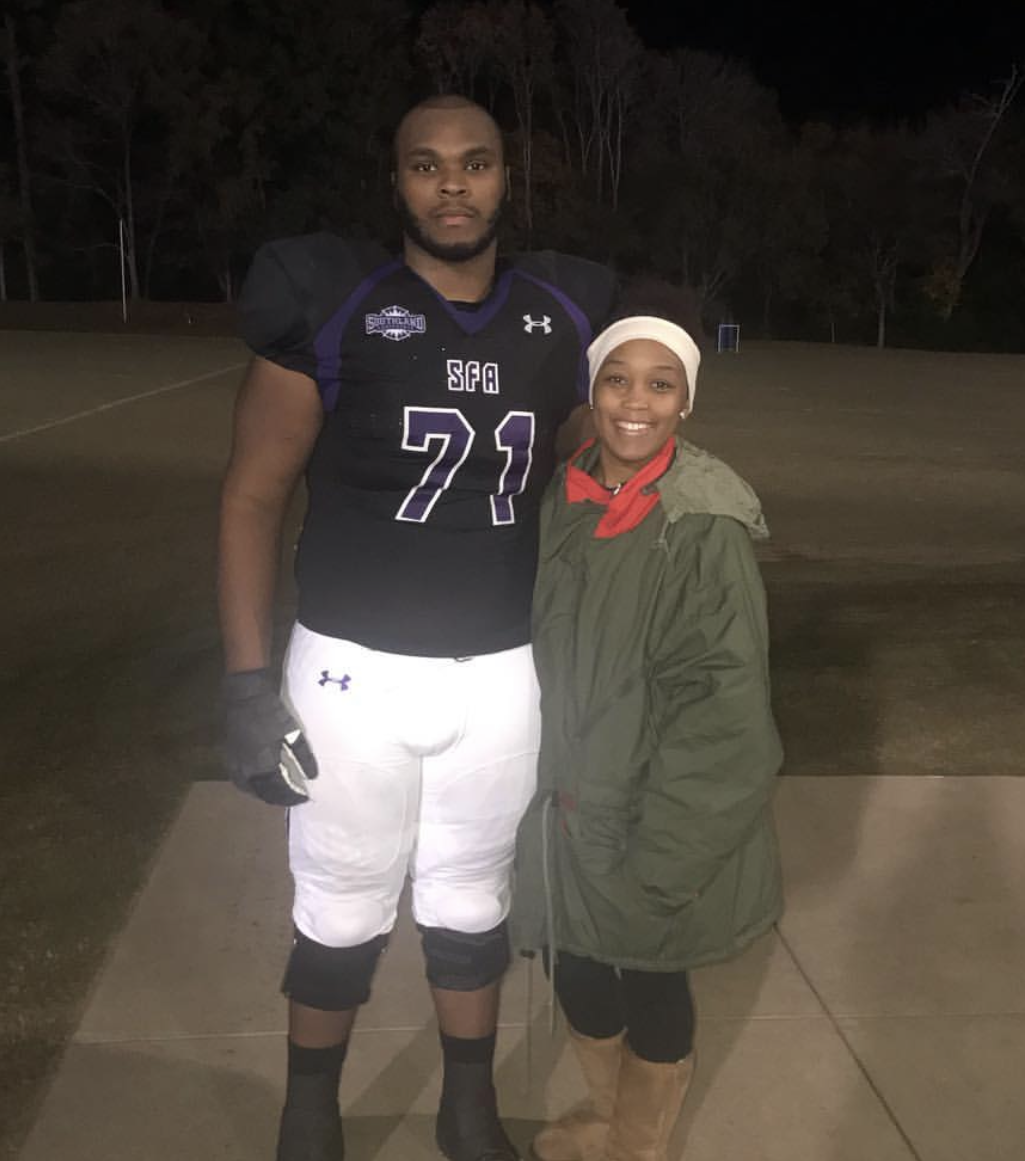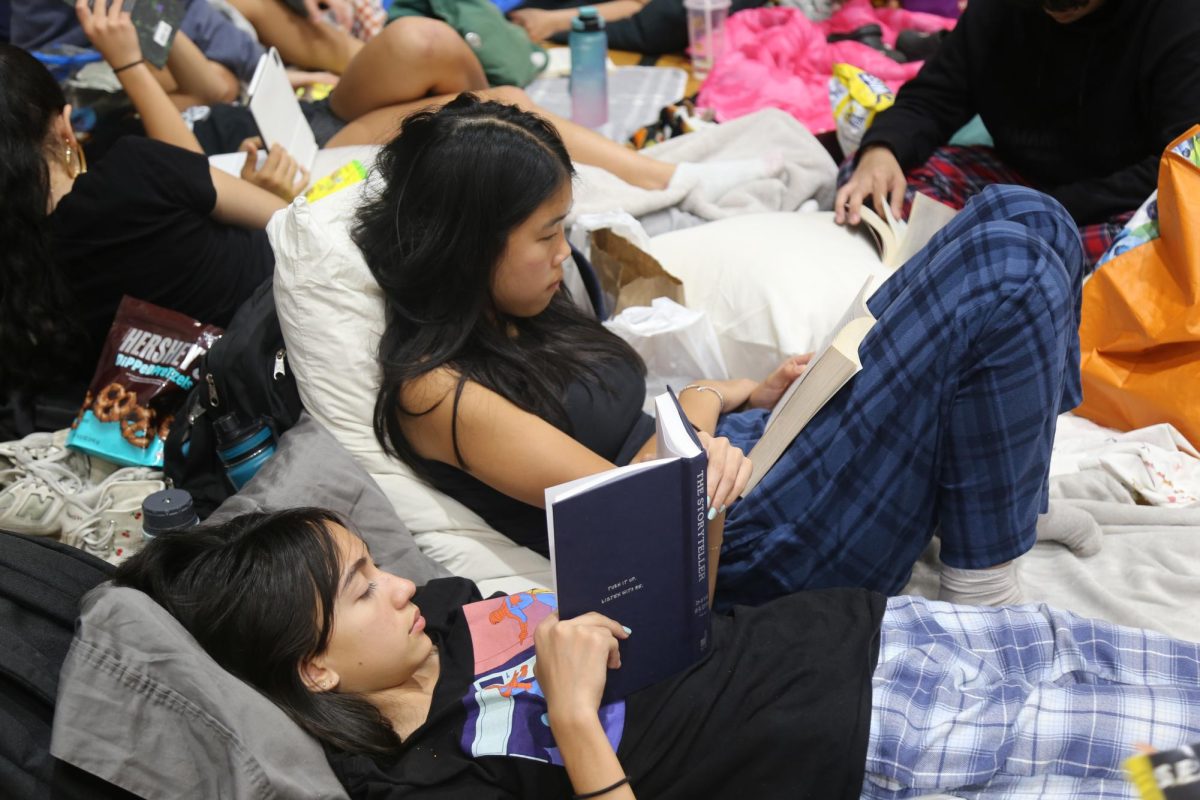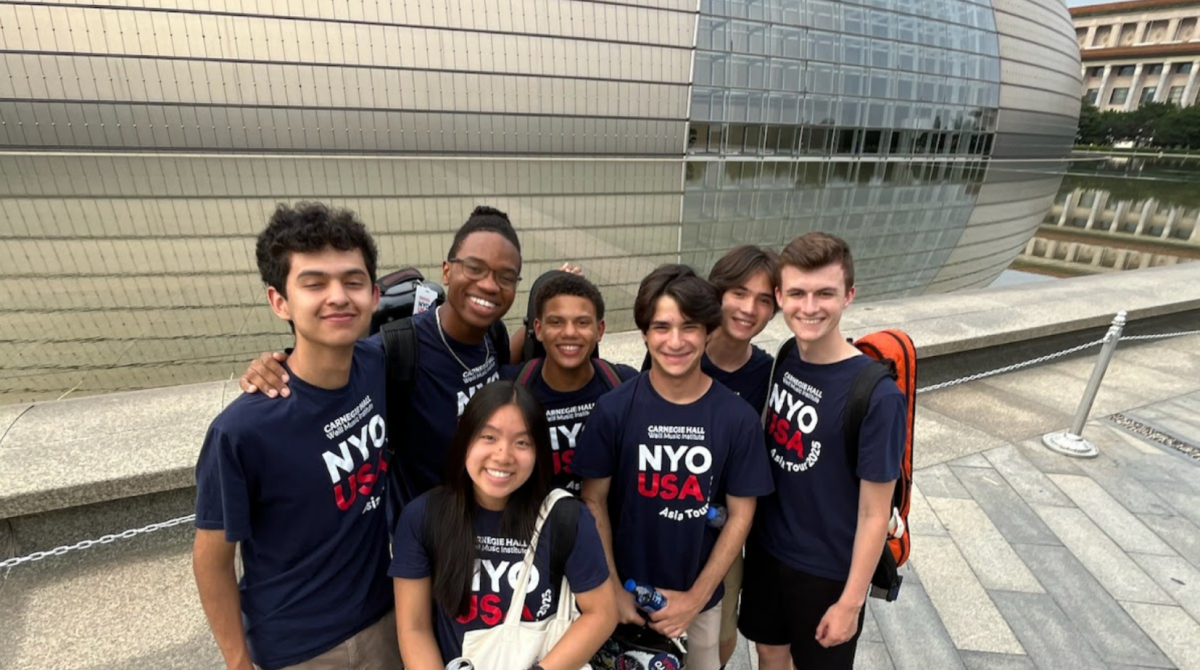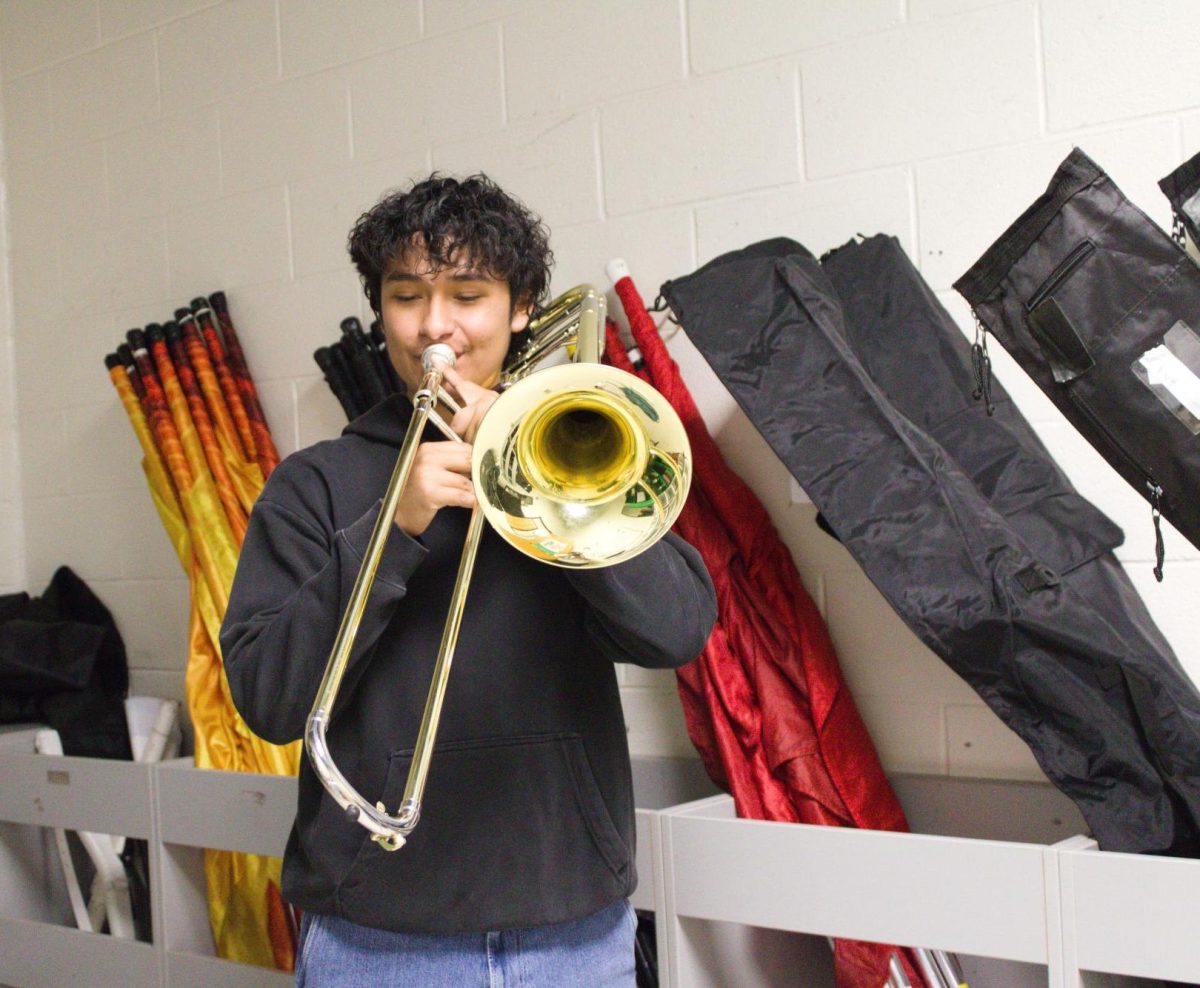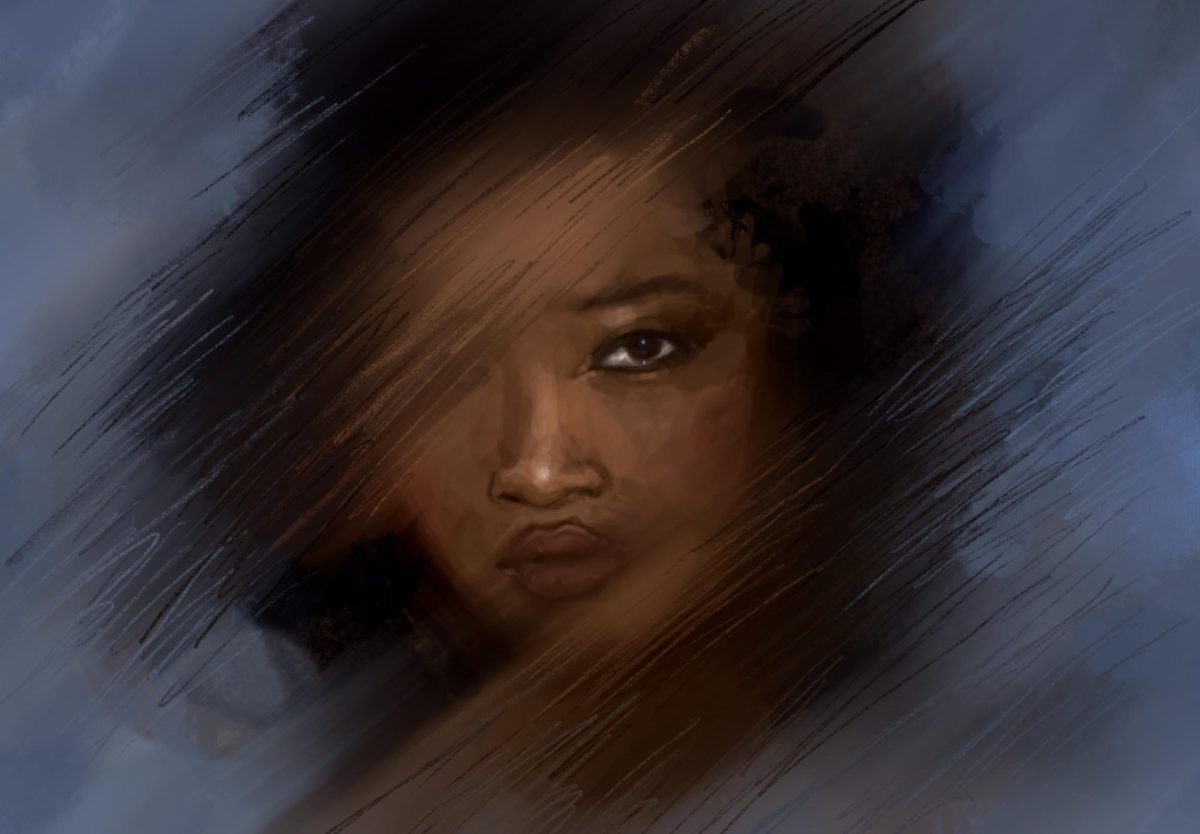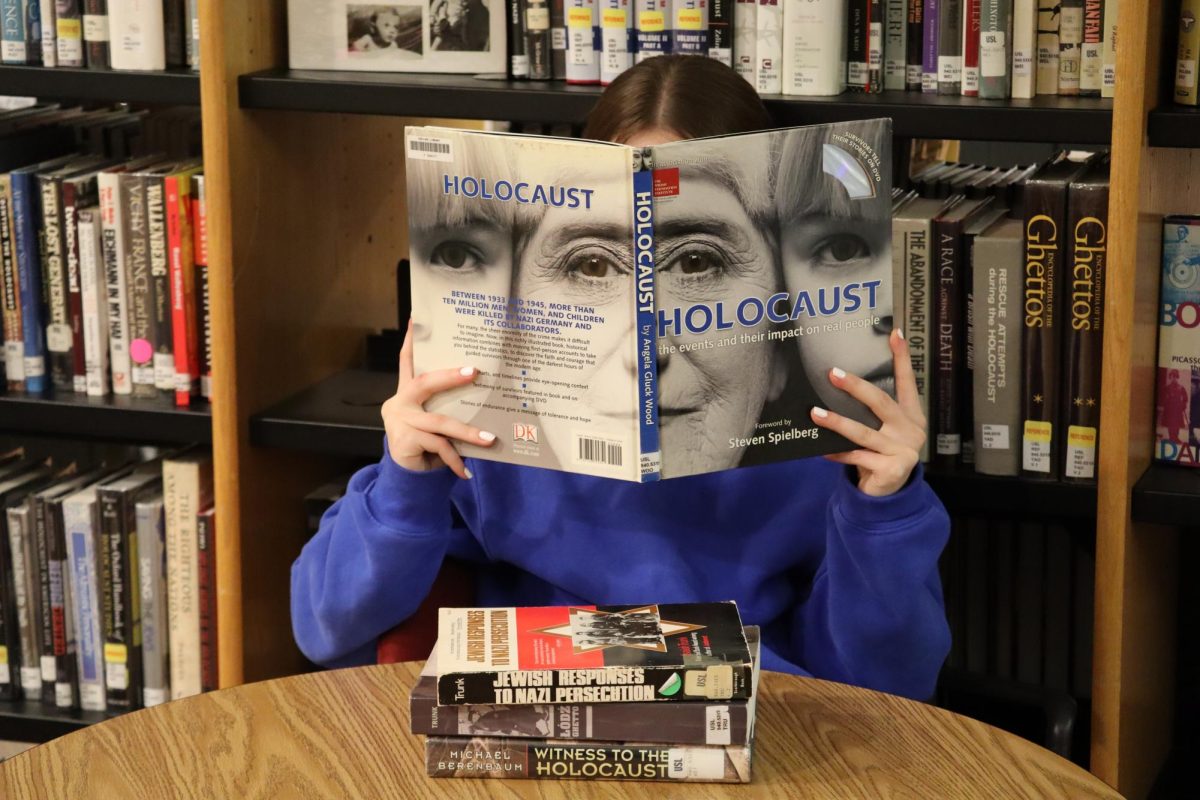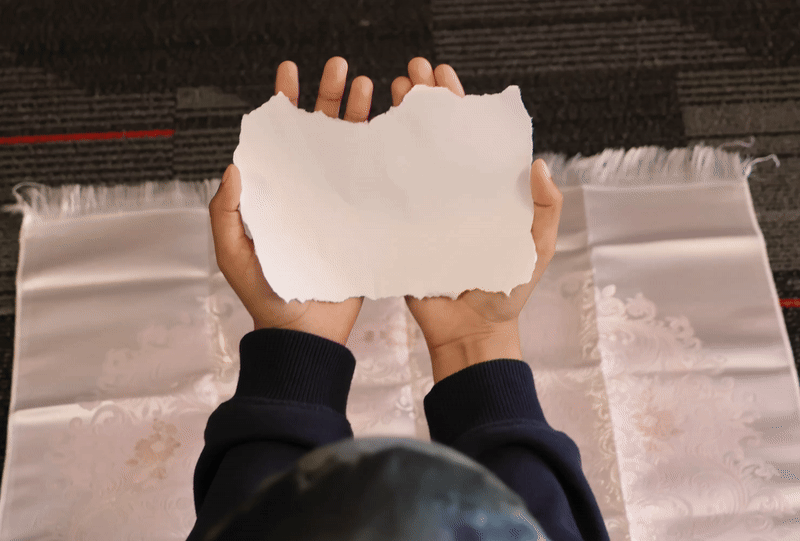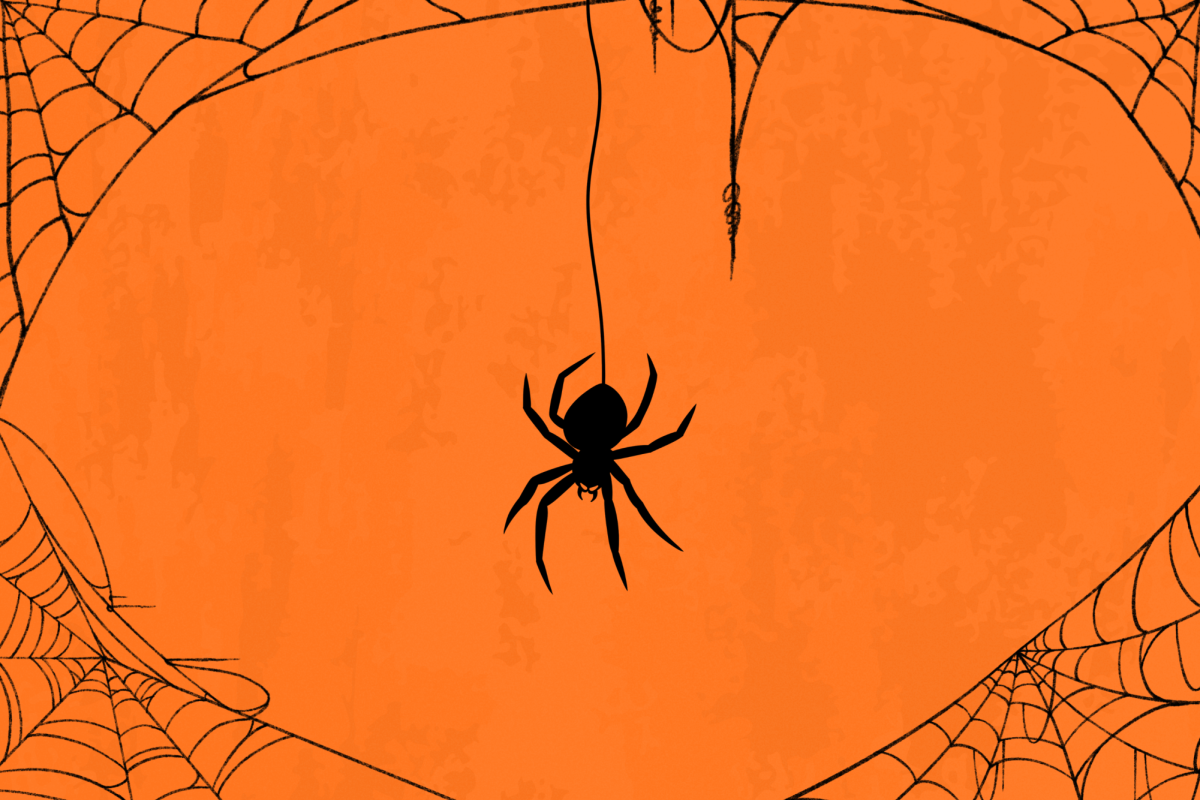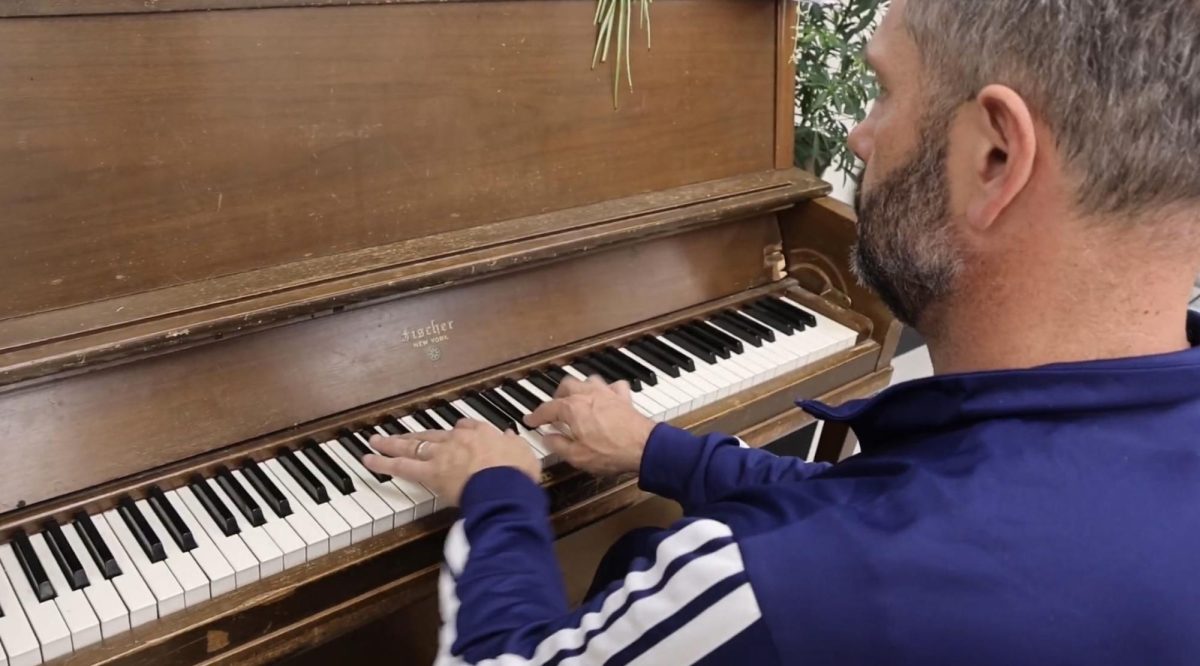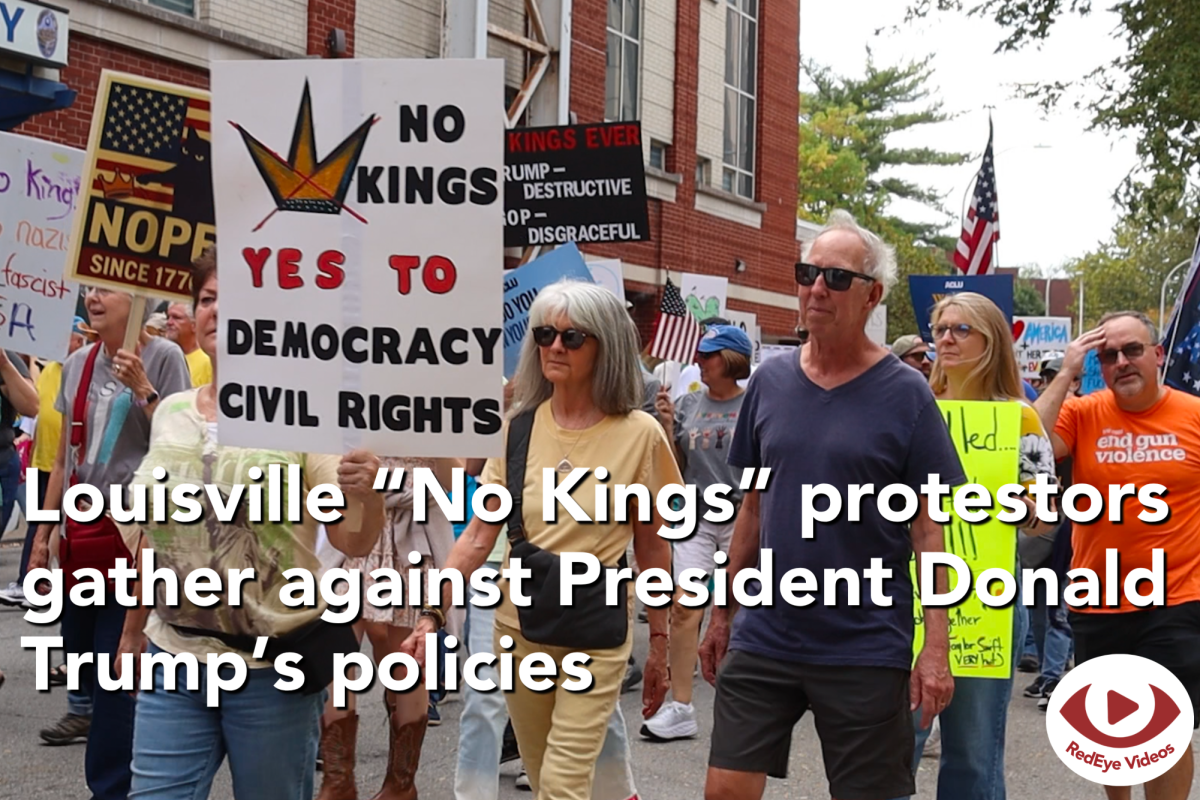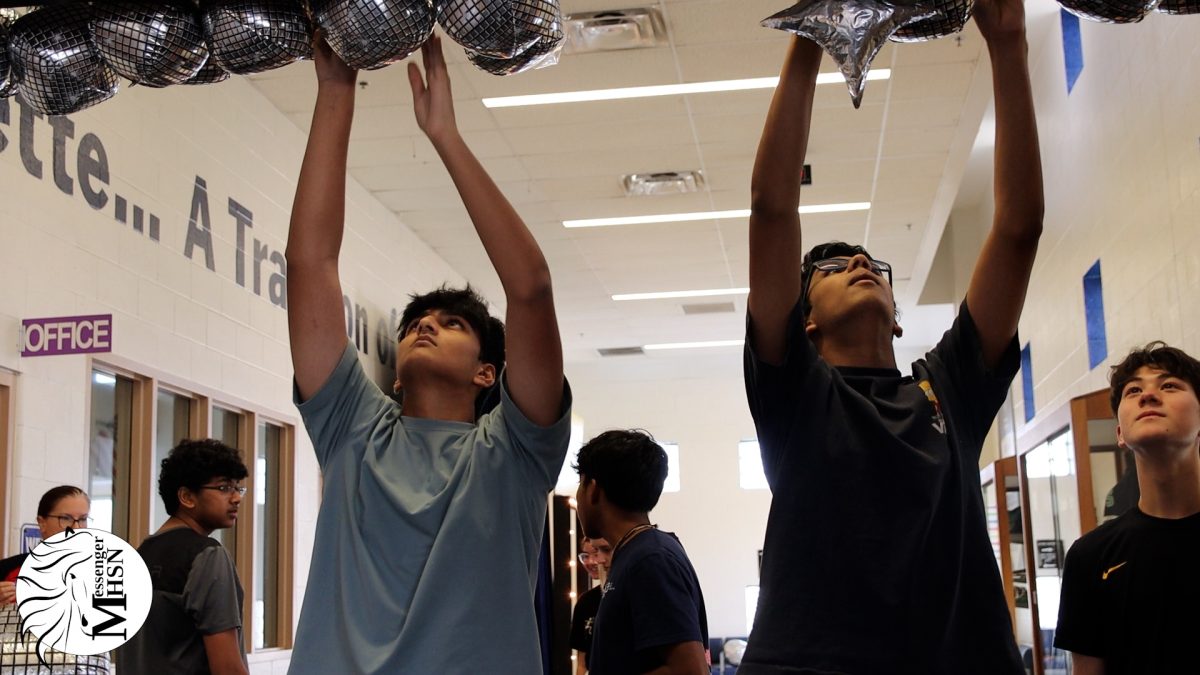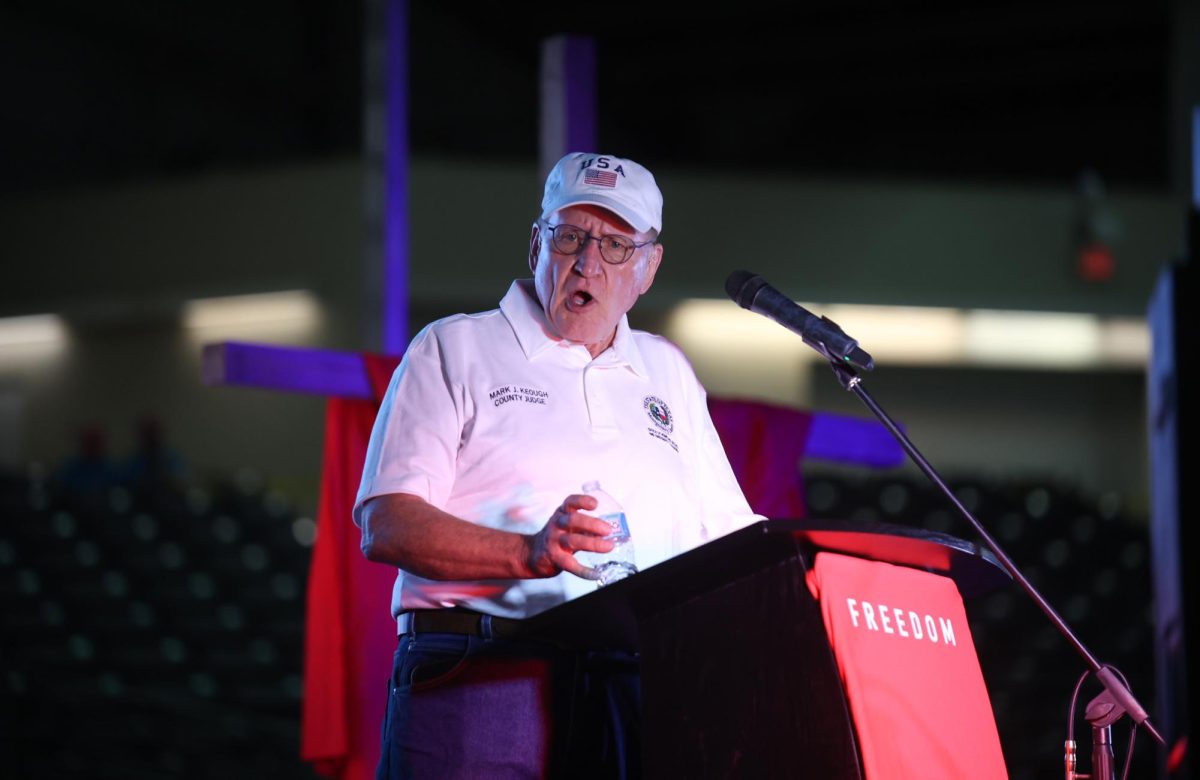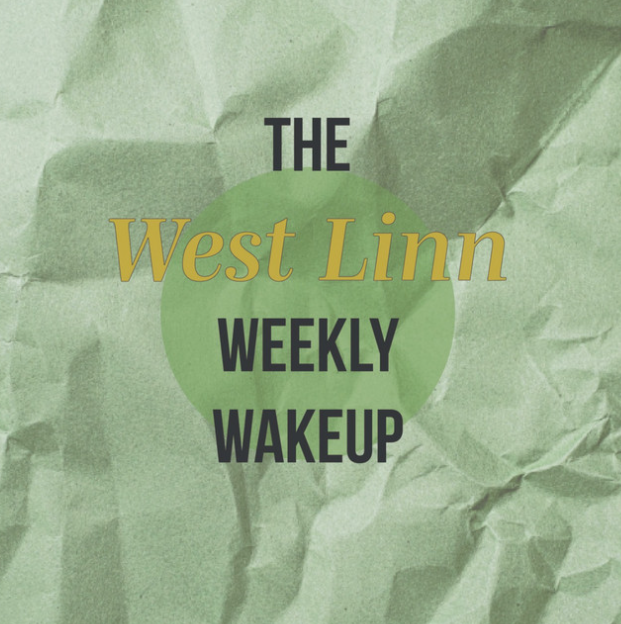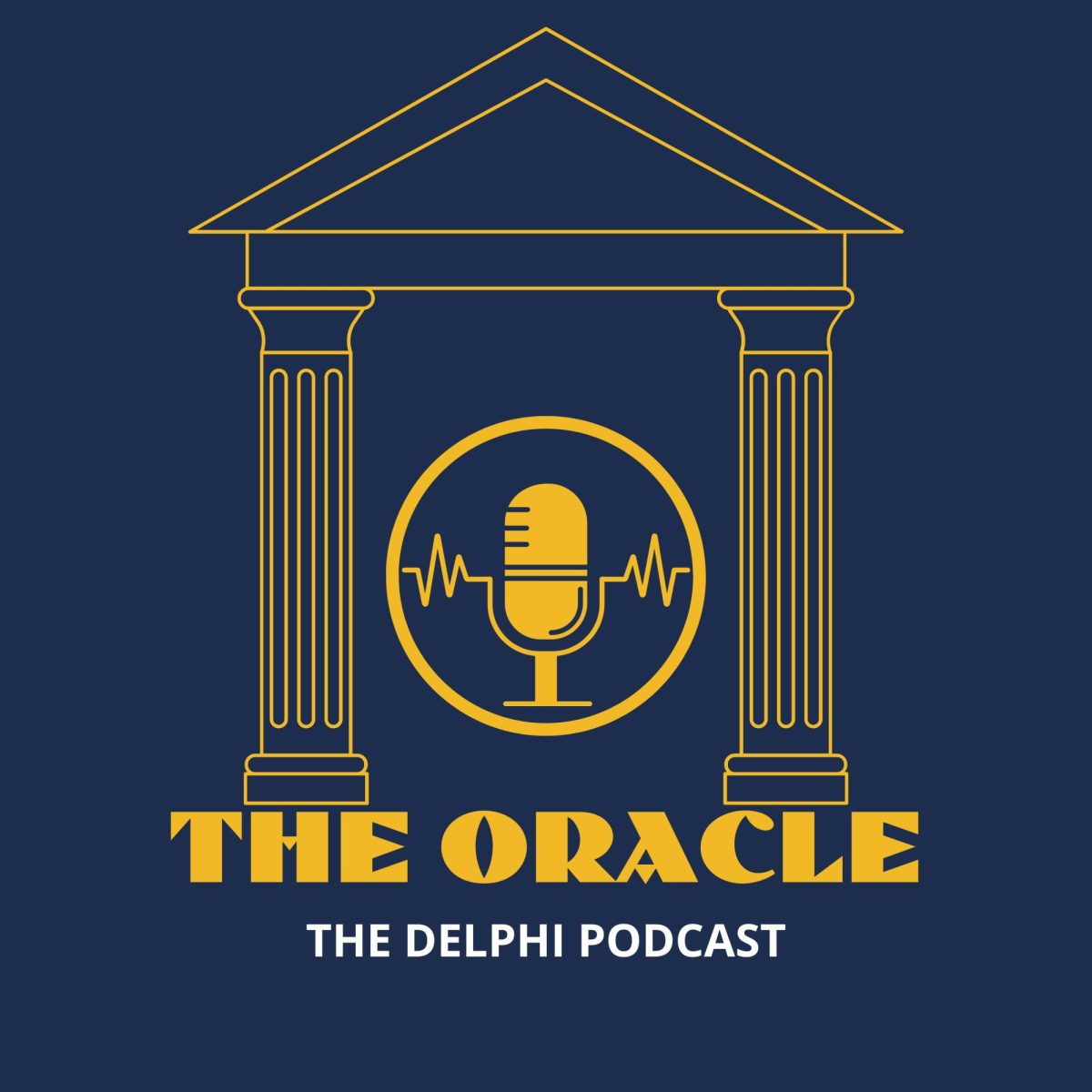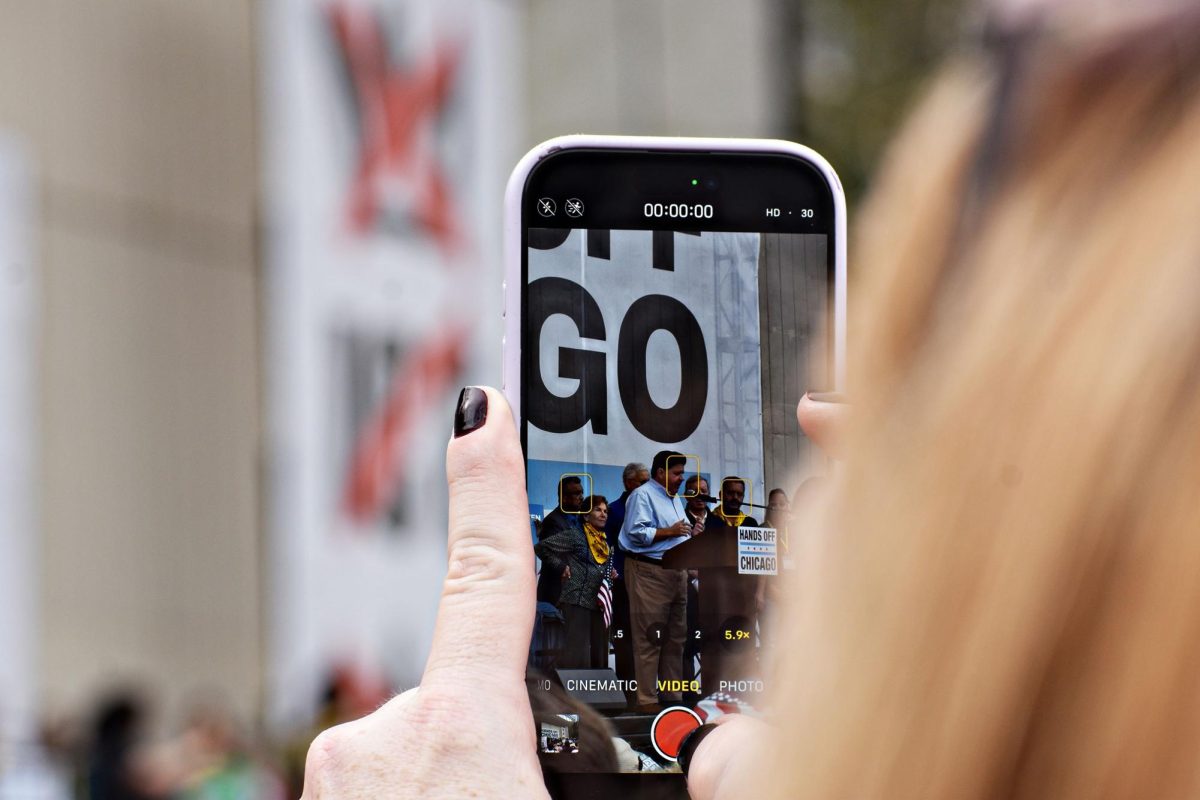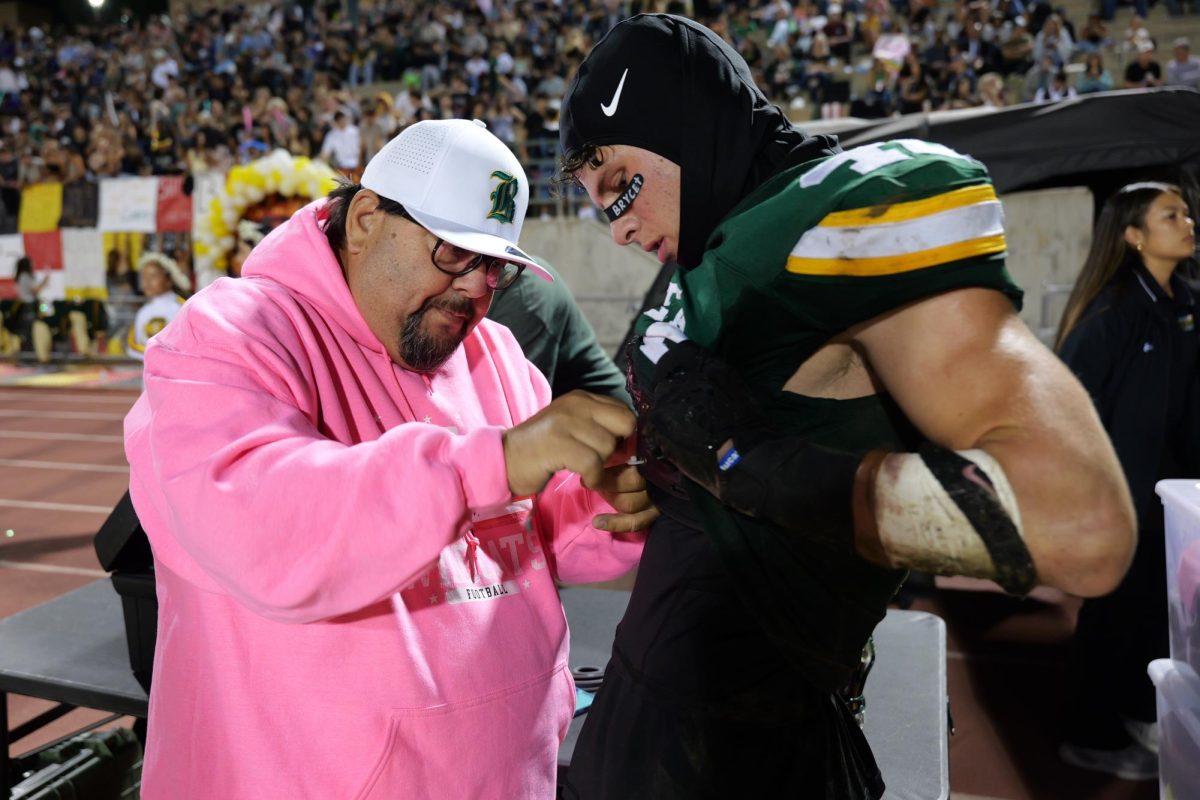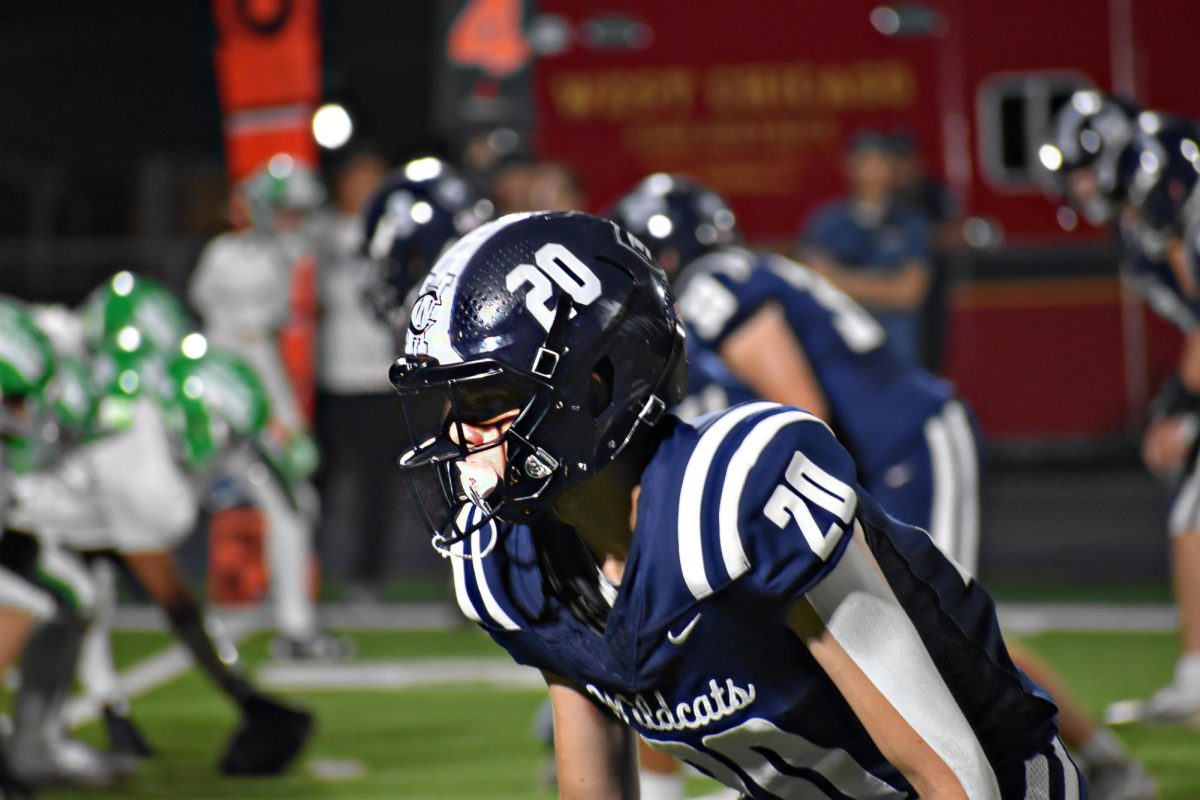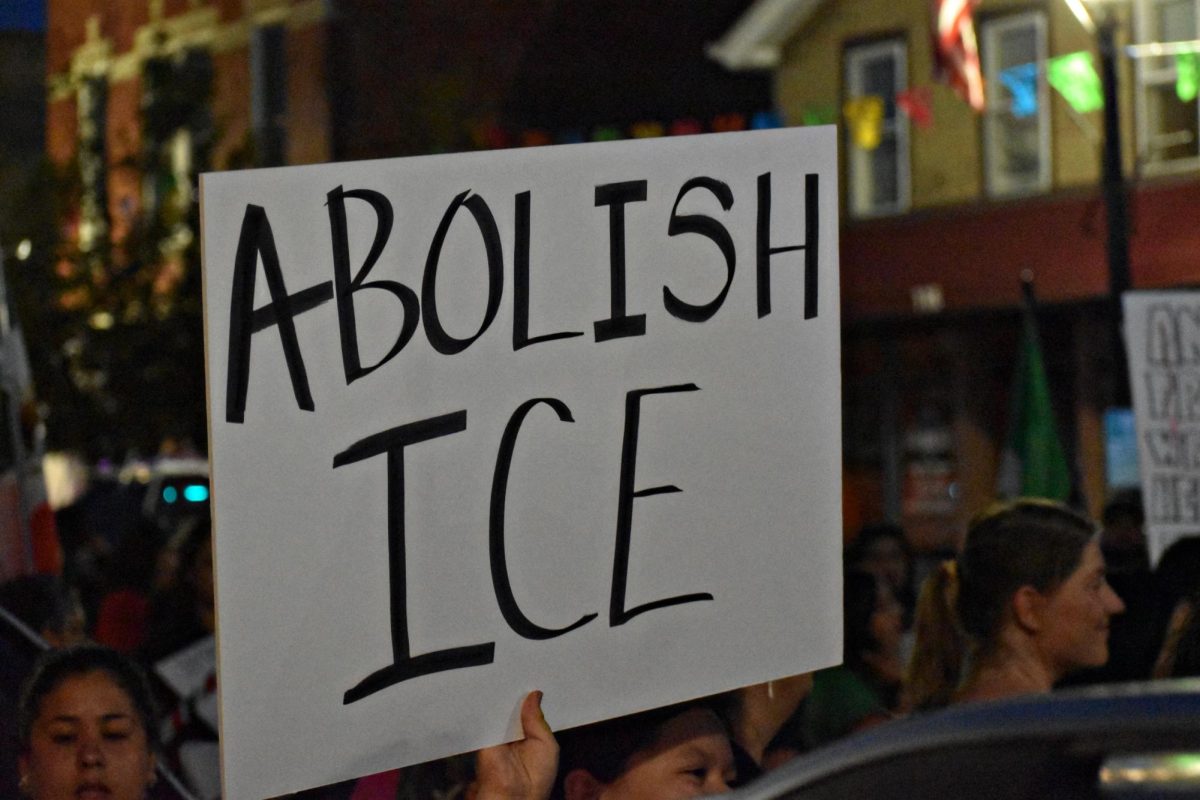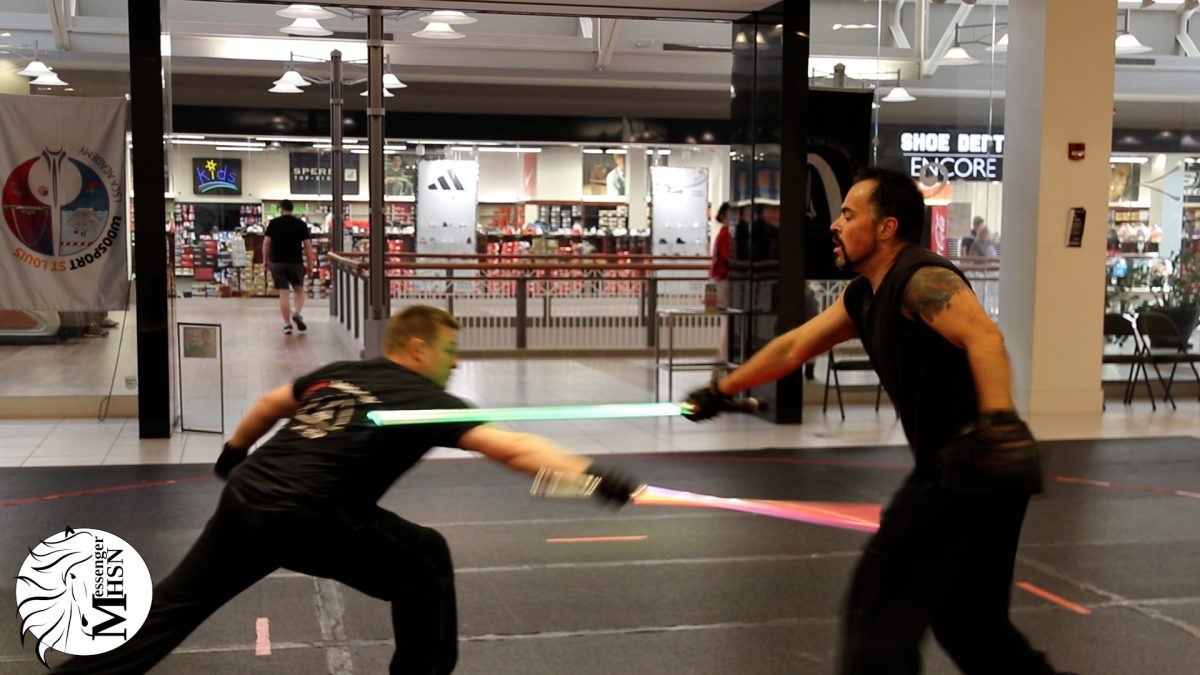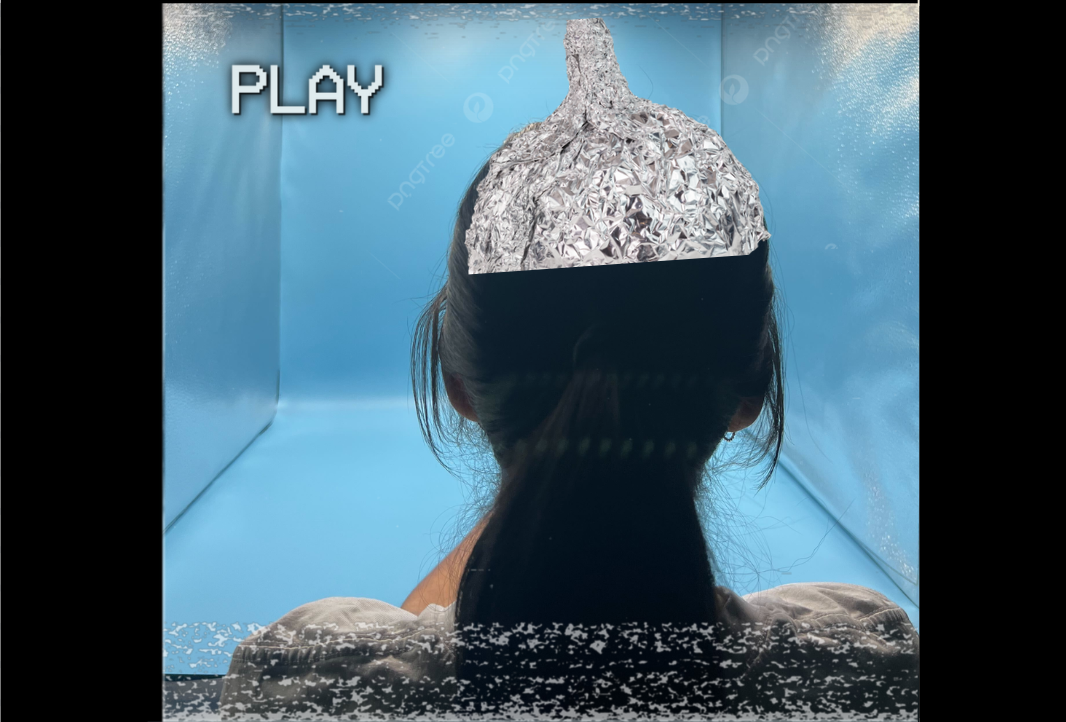For the past month, TikTok edits of Beyoncé and Jay-Z clips from the Grammy Awards have been plaguing senior Deeksha Kemthur’s TikTok For You page. ‘90s rapper Sean “Diddy” Combs’ public arrest has sparked social media users to create conspiracy theory videos about Beyoncé controlling the music industry. Specifically, the videos theorize that her husband Jay-Z was responsible for the deaths of Red Eye and Aaliyah because they would threaten Beyoncé’s success, with users using lyrics from J. Cole’s song “She Knows” to corroborate the theory.
Kemthur understands that such videos are exaggerations and views the Beyoncé conspiracy theory as something to entertain her, rather than be taken seriously. However, when considering more widely-known conspiracy theories, especially political ones, Kemthur keeps an open mind and tries to acknowledge any evidence that supports them. Similarly, sophomore Beck Poltronetti follows a philosophy that if a conspiracy theory is somewhat plausible, he can’t debunk it immediately.
“I see something, and it’s not necessarily that I have to research it, but I think about the motivations and the reasoning behind it,” Poltronetti said. “So I think this: Is it plausible? Is it based on my perception of how the world works, and could this happen within that? An example is that I can say with 100% certainty there are no aliens in Area 51. I’m not saying the government doesn’t have aliens. But think about it: If I’m the government and I have aliens and UFOs, why would I store them in the place people know about and are actively talking about? Instead, I’m going to move them to Area 57 because no one ever thinks about Area 57.”
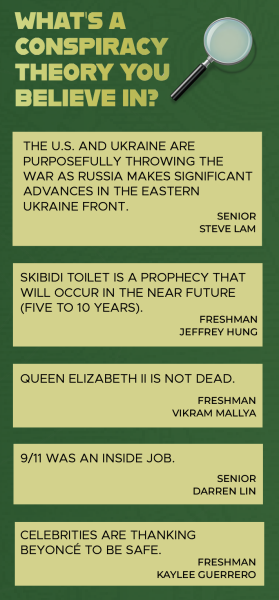
Poltronetti mainly finds conspiracy theories through YouTube videos and talking with strangers through video games, emphasizing that he avoids social media and believes it’s harmful to younger generations. One of the conspiracy theories Poltronetti found on YouTube and believes in is that Martin Luther King Jr.’s assassination was planned and that his assassin, James Earl Ray, was hired by the U.S. government. AP Macroeconomics and U.S. Government teacher Pete Pelkey agrees with Poltronetti, firmly believing in this conspiracy theory.
“There’s a big question about how a small man like James Earl Ray could have shot through a window,” Pelkey said. “He’s standing with one foot on a toilet, another in a bathtub, and somehow hits Martin Luther King. Also, he was in a Black hotel at the time, and you’re telling me nobody seemed to notice the white guy in a Black hotel. He actually drove away with a white Mustang, and there’s no way that nobody seemed to notice the white guy in a white Mustang, driving away with the gun. It doesn’t make sense.”
Pelkey encourages his Government students to think critically by having them create a research project to investigate a specific political conspiracy theory. Last year, Pelkey had students create a “Conspiracy Museum,” where each group was assigned a conspiracy theory, such as the Kennedy and MLK assassinations being planned and the theory that the U.S. funded the Nicaraguan war through the “War on Drugs” movement. Similarly, World Studies and AP U.S. Government teacher Hilary Barron says she ensures her students analyze the sources they use for history research projects to teach them to be critical thinkers, perhaps finding biases for historical agendas.
Barron emphasizes teaching this skill, especially with the widespread access to information on social media. She believes the line between news, biases and conspiracy theories is easily distorted and notices social media has caused biases to become more obvious, especially with, in her view, a growing radicalization between liberalism and conservatism. According to Pelkey, many sources claim radicalized or extreme theories, recalling Congresswoman Marjorie Taylor Greene claiming “Jewish space lasers caused the California wildfires.” As someone who receives news through social media, Kemthur is wary about political agendas being pushed in the form of conspiracy theories.
“I get a lot of my news through social media, and it can be so unreliable because political accounts and politicians are making all these conspiracy theories,” Kemthur said. “Sometimes it’s obvious to people what’s a conspiracy theory, like Trump claiming Haitian residents are eating cats and dogs, but for those people who can’t tell, it’s dangerous for them to be so trusting.”
Barron worries about the effects of strongly believing in conspiracy theories as well, sharing a story of a time when one of her close friends from high school saw her husband go through a traumatic experience, causing him to go on a conspiracy theory bend. Ultimately, the couple divorced. Barron believes conspiracies can, in some cases, remove people from reality when they are so trusting of the media.
Poltronetti agrees and specifically worries about the prevalence of A.I. in future elections and how it’ll distort the general population’s consumption of news. Furthermore, Poltronetti says many U.S. citizens don’t read impartial news, referencing them as not being “media literate.” When comparing different political environments from the past to today, Barron states that there has been a massive increase in the number of conspiracy theories and the speed with which they are spread. In a 2022 study, 45% of Americans believed people are more likely to believe conspiracy theories than 25 years ago because of social media. Barron observes this ongoing trend and believes that due to the lack of the general population using physical and unbiased media their received presentation of facts is often insufficient.
“Now it seems like there’s this even greater distrust of the federal bureaucracy and the mainstream media, this idea that they’re in cahoots,” Barron said. “And so I feel like it’s grown, and the pace of these new issues coming out has also quickened.”
This story was originally published on El Estoque on November 2, 2024.


